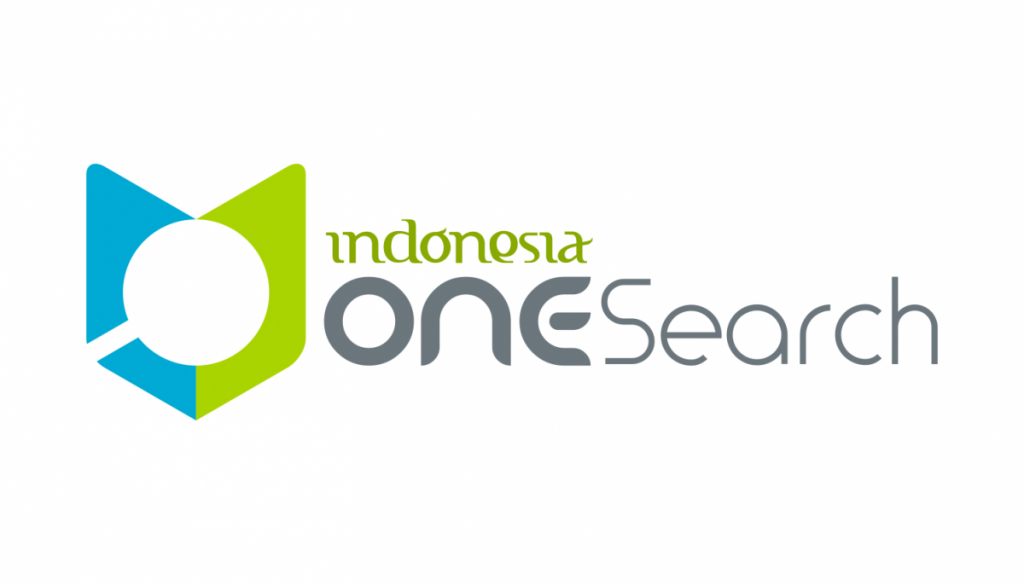Indonesian Journal of Medical Chemistry and Bioinformatics
Abstract
Acne inversa (AI) is a chronic inflammatory skin disease characterized by painful nodules, abscesses, and scarring, primarily in intertriginous areas. This study aims to identify potential therapeutic targets for managing acne inversa based on the analysis of differentially expressed genes (DEG). The expression targets of these genes were then validated for their potential as biomarkers, and upstream regulator proteins (URPs) were identified from the resulting DEG. DEG analysis on the GEO dataset GSE122592 (acne inversa vs. healthy donor skin) revealed five DEG that can serve as biomarkers for acne inversa, with a sensitivity and specificity of (100%). These DEG—IL10, GZMB, FASLG, PRF1, and HLA-DPB10—are genes associated with autoimmune thyroiditis (AIT). AIT has previously been significantly linked to acne vulgaris. URP analysis indicates that inhibition of Transforming Growth Factor Beta 1 (TGFB1) is a therapeutic target that could be used to downregulate these five DEGs, returning their expression to healthy skin levels.
Bahasa Abstract
Jerawat inversa adalah penyakit kulit inflamasi kronis yang ditandai dengan nodul yang menyakitkan, abses, dan jaringan parut, terutama di daerah intertriginosa. Penelitian ini bertujuan untuk mengidentifikasi target terapi potensial dalam mengatasi acne inversa berdasarkan analisis gen-gen yang diekspresikan secara berbeda (Differentially Expressed Genes, DEG). Target ekspresi gen tersebut kemudian divalidasi kemampuannya sebagai biomarker dan dilakukan pencarian upstream regulator protein (URP) dari DEG yang dihasilkan tersebut. Hasil analisis DEG pada dataset GEO, yaitu GSE122592 (acne inversa vs healthy donor skin) menunjukkan terdapat 5 DEG yang dapat digunakan sebagai biomarker untuk acne inversa dengan nilai sensitivitas dan spesifisitas 1.000 (100%). DEG tersebut yaitu IL10, GZMB, FASLG, PRF1, dan HLA-DPB10 merupakan gen-gen terkait autoimun tiroiditis (AIT). AIT sebelumnya diketahui berhubungan signifikan dengan acne vulgaris. Analisis URP menunjukkan bahwa penghambatan Transforming growth factor beta 1 (TGFB1) merupakan target terapi yang dapat digunakan untuk men-downregulasi ke-5 DEG tersebut agar ekspresinya kembali pada kondisi healthy skin.
References
- Endres, L.; Tit, D.M.; Bungau, S.; Pascalau, N.A.; Țodan, L.M.; Bimbo-Szuhai, E.; Iancu, G.M.; Negrut, N. Incidence and clinical implications of autoimmune thyroiditis in the development of acne in young patients. Diagnostics (Basel), 2021, 11(5):794. doi: 10.3390/diagnostics11050794.
- Vergou, T.; Mantzou, E.; Tseke. P.; Moustou, A.E.; Katsambas, A.; Alevizaki, M.; Antoniou, C. Association of thyroid autoimmunity with acne in adult women. J Eur Acad Dermatol Venereol, 2012, 26(4):413-6. doi: 10.1111/j.1468-3083.2011.04084.x
- Nedomansky, J.; Weiss, D.; Willinger, B.; Nickl, S.; Steininger, C. Acne inversa complicated by Actinomyces neuii. Infection. 2016; 44(2):247-9. doi: 10.1007/s15010-015-0814-6.
- Sabat, R.; Tsaousi, A.; Rossbacher, J.; Kurzen, H.; Fadai, T.; Schwichtenberg, U.; Schneider- Burrus, S.; Kokolakis, G.; Wolk, K. Acne inversa/Hidradenitis suppurativa: Ein Update [Acne inversa/hidradenitis suppurativa: An update]. Hautarzt, 2017, 68(12):999-1006. German. doi: 10.1007/s00105-017-4082-5.
- Bazex, J.; Bayle, P.; San B. Hidradenitis suppurativa is acne inversa. Int J Dermatol, 2007, 46(3):330; author reply 330-2. doi: 10.1111/j.1365-4632.2007.02872.x.
- McNairn, A.J.; Doucet, Y.; Demaude, J.; Brusadelli, M.; Gordon, C.B.; Uribe-Rivera, A.; Lambert, P.F.; Bouez, C.; Breton, L.; Guasch, G. TGFβ signaling regulates lipogenesis in human sebaceous glands cells. BMC Dermatol, 2013, 13:2. doi: 10.1186/1471- 5945-13-2.
- Barrett, T.; Wilhite, S.E.; Ledoux, P.; Evangelista, C.; Kim, I.F.; Tomashevsky, M.; Marshall, K.A.; Phillippy, K.H.; Sherman, P.M.; Holko, M.; Yefanov, A.; Lee, H.; Zhang, N.; Robertson, C.L.; Serova, N.; Davis, S.; Soboleva, A. NCBI GEO: archive for functional genomics data sets--update. Nucleic Acids Res, 2013, 41(Database issue):D991-5. doi: 10.1093/nar/gks1193.
- Kanehisa, M.; Goto, S.; Furumichi, M.; Tanabe, M.; Hirakawa, M. KEGG for representation and analysis of molecular networks involving diseases and drugs. Nucleic Acids Res. 2010; 38(Database issue):D355-60. doi: 10.1093/nar/gkp896.
- Xie ,Z.; Bailey, A.; Kuleshov, M.V.; Clarke, D.J.B.; Evangelista, J.E.; Jenkins, S.L.; Lachmann, A.; Wojciechowicz, M.L.; Kropiwnicki, E.; Jagodnik, K.M.; Jeon, M.; Ma'ayan, A. Gene Set Knowledge Discovery with Enrichr. Curr Protoc. 2021; 1(3):e90. doi: 10.1002/cpz1.90.
- Demšar, J.; Curk, T.; Erjavec, A.; Gorup, C.; Hocevar, T.; Milutinovic, M.; Možina, M.; Polajnar, M.; Toplak, M.; Starič, A.; Štajdohar, A.; Umek, L.; Žagar, L.; Žbontar, J.; Žitnik, M.; Zupan, B. Orange: Data Mining Toolbox in Python. J Mach Learn Res, 2013, 14:2349–2353.
- Davis, A.P.; Grondin, C.J.; Johnson, R.J.; Sciaky, D.; Wiegers, J.; Wiegers, T.C.; Mattingly, C.J. Comparative Toxicogenomics Database (CTD): update 2021. Nucleic Acids Res. 2021; 49(D1):D1138-D1143. doi: 10.1093/nar/gkaa891.
Recommended Citation
Veranita, Weri; Fauziah, Siva; and Nurbaya, Siti
(2025)
"Analysis of Differentially Expressed Genes (DEG) and Upstream Regulator Proteins Indicates That Inhibition of Transforming Growth Factor Beta 1 (TGFB1) is A Potential Target for Acne Inversa,"
Indonesian Journal of Medical Chemistry and Bioinformatics: Vol. 3:
No.
2, Article 4.
DOI: 10.7454/ijmcb.v3i2.1037
Available at:
https://scholarhub.ui.ac.id/ijmcb/vol3/iss2/4
Included in
Alternative and Complementary Medicine Commons, Bioinformatics Commons, Biomedical Engineering and Bioengineering Commons






